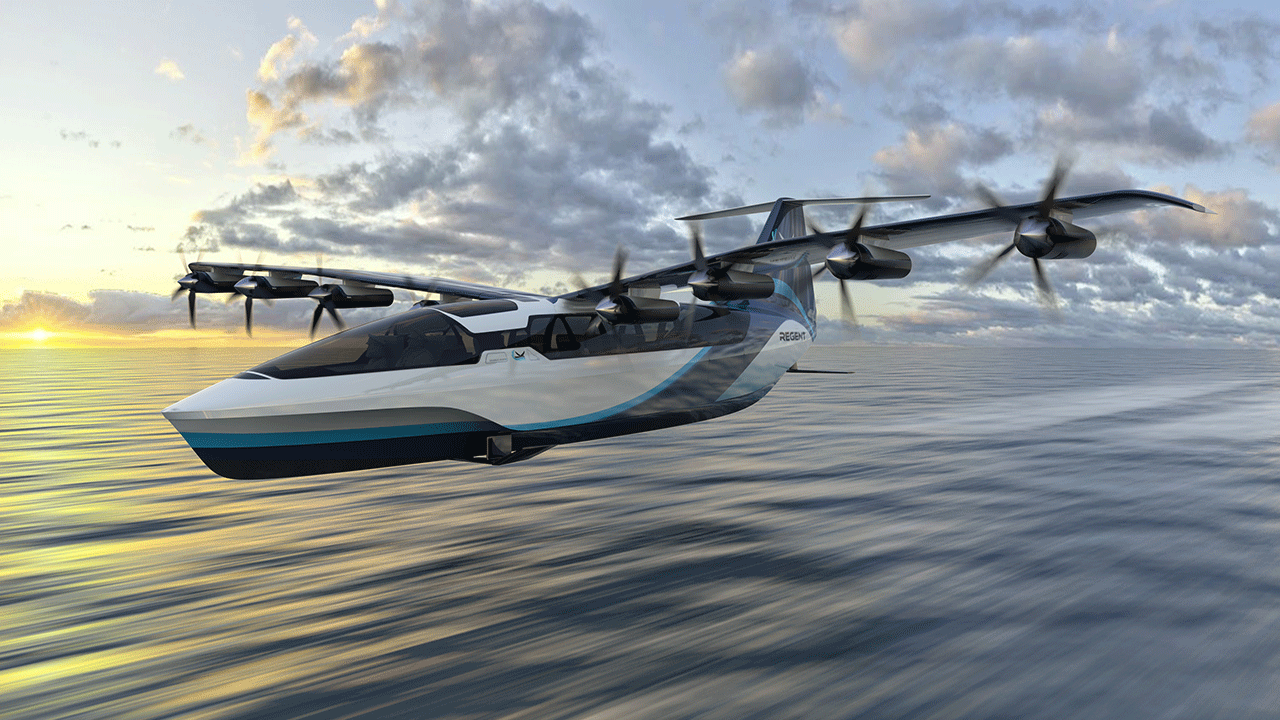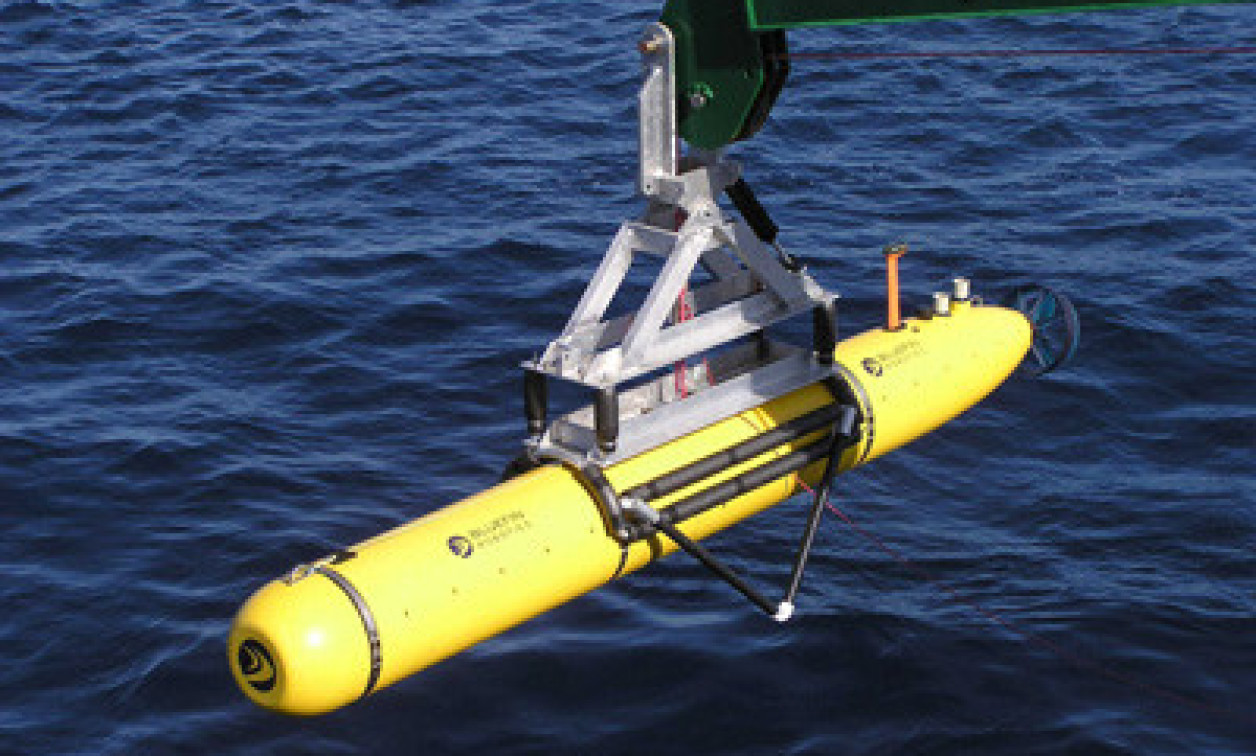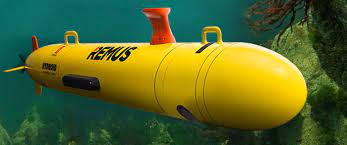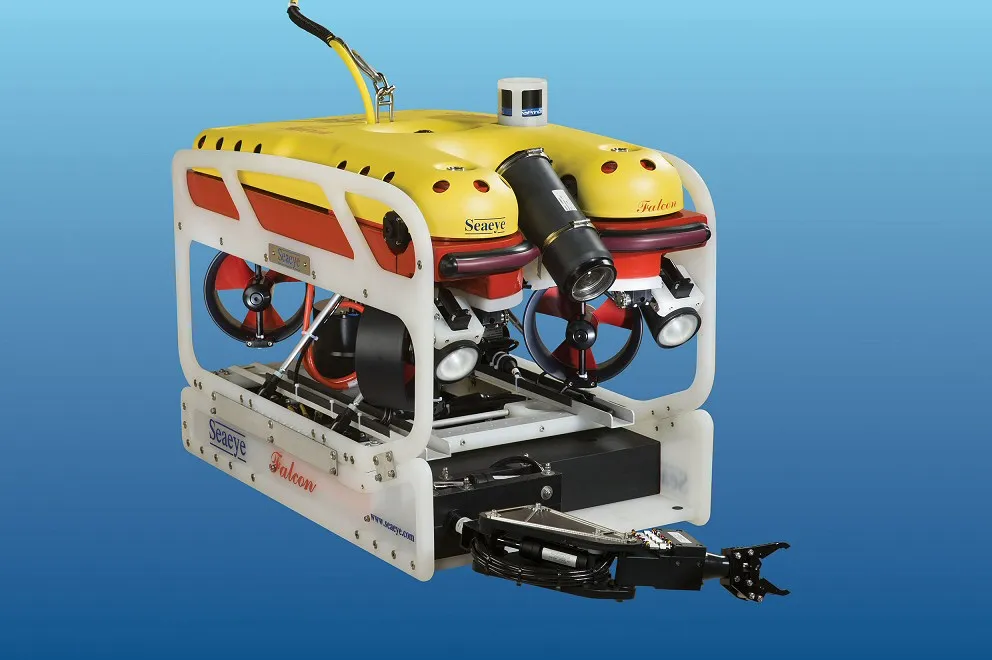Industry Applications
Ocean and Marine Drones


Ocean and marine drones, also known as autonomous underwater vehicles (AUVs) and remotely operated vehicles (ROVs), are specialized unmanned vehicles designed for exploration, research, and data collection in underwater and marine environments. These drones are equipped with a range of sensors, cameras, and instruments to study and monitor marine life, ecosystems, geological features, and ocean conditions.
Common Applications
Here are details about ocean and marine drones and their common applications:
Seaglider:
The Seaglider is an AUV designed for long-duration ocean exploration.
Applications:
- Oceanographic research: Monitor ocean conditions, including temperature, salinity, and currents.
- Marine biology: Study marine life, behavior, and migration patterns.
- Climate research: Collect data on ocean carbon levels and other climate-related parameters.


Bluefin Robotics Bluefin-21:
The Bluefin-21 is an AUV used for various marine missions, including deep-sea exploration.
Applications:
- Underwater mapping: Create high-resolution maps of the seafloor and geological features.
- Archaeological exploration: Investigate shipwrecks and underwater archaeological sites.
- Search and recovery: Locate and retrieve underwater objects and debris.
REMUS (Remote Environmental Monitoring Units):
REMUS AUVs are used for a wide range of marine research and monitoring missions.
Applications:
- Marine mammal studies: Monitor and track marine mammals, such as whales and dolphins.
- Fisheries research: Study fish populations, behavior, and migration patterns.
- Hydrographic surveys: Map seafloor topography and geological formations.


Hydroid REMUS 600:
The Hydroid REMUS 600 is an AUV designed for deep-sea exploration.
Applications:
- Geological surveys: Investigate deep-sea hydrothermal vents and underwater geology.
- Environmental monitoring: Assess ocean health and ecosystem conditions.
- Oceanographic sampling: Collect water samples and data for research.
Saab Seaeye Falcon ROV:
The Saab Seaeye Falcon is an ROV used for a range of underwater missions.
Applications:
- Oil and gas exploration: Inspect and maintain underwater infrastructure in the offshore industry.
- Underwater inspections: Examine ship hulls, underwater pipelines, and offshore structures.
- Scientific research: Support marine research expeditions and collect samples.

Common Applications for Ocean and Marine Drones:
- Oceanography: Monitor ocean conditions, currents, and temperature profiles for scientific research and climate studies.
- Marine Biology: Study marine life, including fish, coral reefs, and endangered species.
- Environmental Monitoring: Assess the health of marine ecosystems and track changes over time.
- Geological Exploration: Investigate seafloor features, hydrothermal vents, and underwater volcanoes.
- Search and Recovery: Locate and retrieve underwater objects, shipwrecks, and debris.
- Archaeological Exploration: Explore underwater archaeological sites and document historical artifacts.
- Ocean and marine drones are invaluable tools for researchers, scientists, and marine professionals. They enable us to gain a better understanding of the world’s oceans, ecosystems, and geological features while reducing the risks and costs associated with human-driven exploration in these challenging environments.
